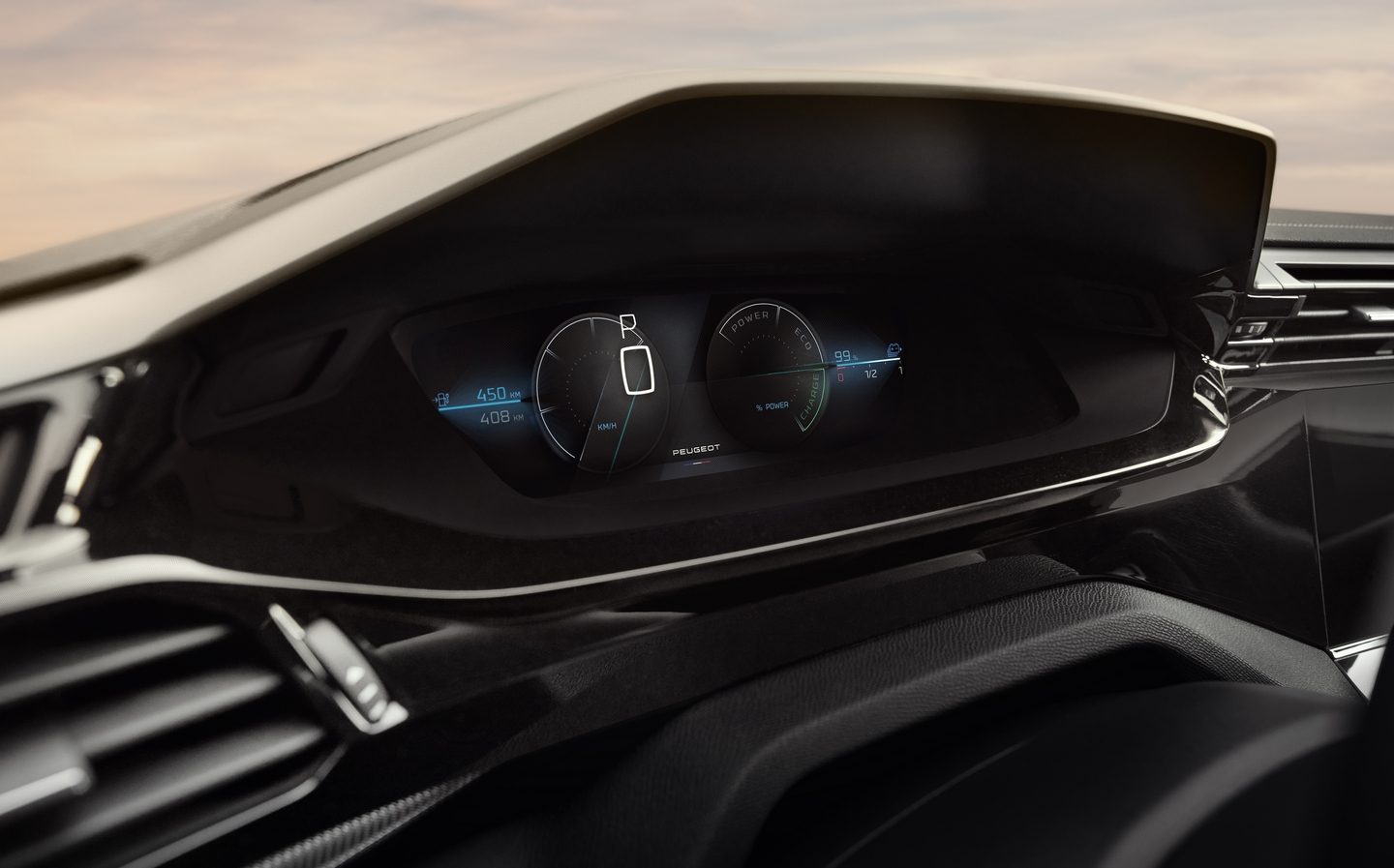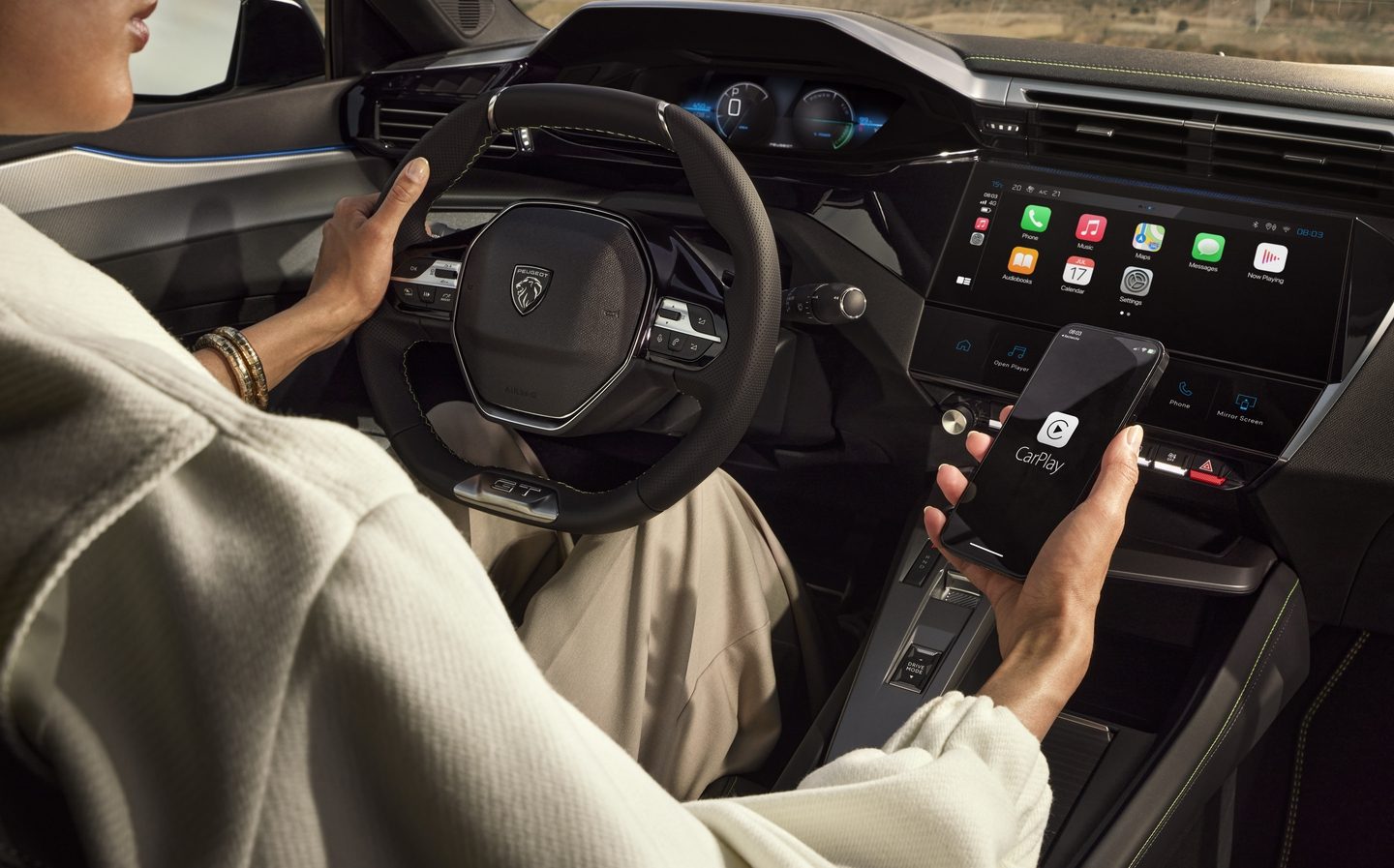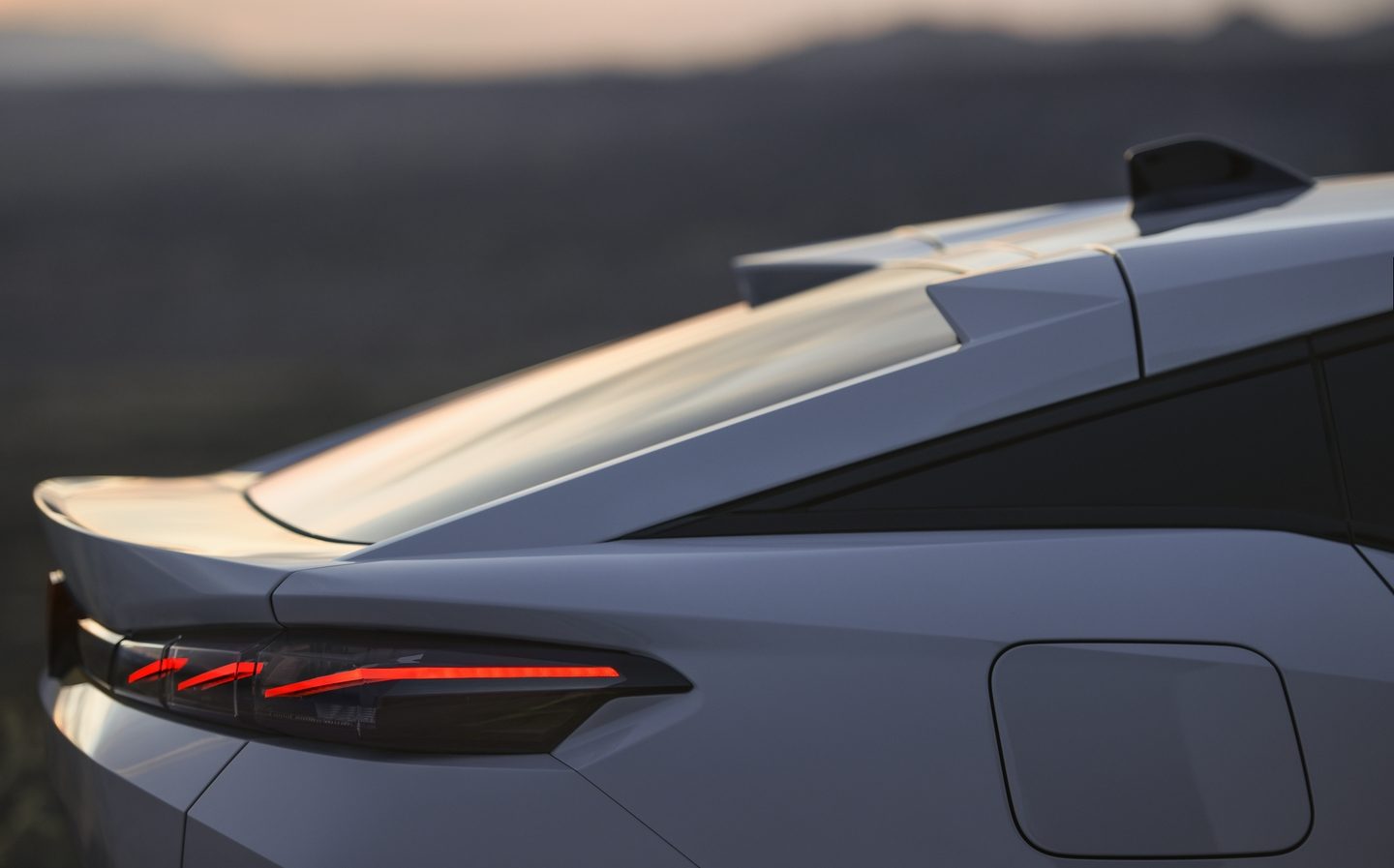Peugeot e-408 completes 12-strong EV line-up
Launches at the Paris motor show
Peugeot claims it has the widest range of electric vehicles (EVs) on sale in Europe from any mainstream manufacturer after announcing its latest zero-emissions machine, the e-408.
Bringing the total number of EVs the company sells across its car and small van range to 12, the e-408 is the last piece of the puzzle for Peugeot, in that it now has a pure EV of some type in every one of its product lines.
The company is taking the opportunity of its home Paris motor show next week to display the new e-408 to the world for the first time.
Is 281 miles going to be enough?

The e-408 doesn’t look too dissimilar from the existing versions of Peugeot’s coupé-crossover, which has been on sale since 2022.
Previously available only with 48-volt mild-hybrid and more potent plug-in hybrid drivetrains, the Peugeot e-408 sits nearer the top of the power tree with a 157kW (211bhp) front-mounted electric motor.
It doesn’t have the biggest battery in the world, though, at 58.2kWh of usable energy capacity. That equates to a theoretical maximum range between charges of 281 miles, which will be lower in the real world, especially when the mercury drops below the standard 23C of the official testing programme — cold weather negatively affects battery performance.
Looks like other 408s

To spot a Peugeot e-408 will require clocking its model-specific badging more than anything, although a body-coloured grille at the front of the car and a unique design of 19in alloy wheel clothed in low rolling-resistance tyres are further giveaways of the electric version.
What’s not visible is that the e-408 has an aerodynamic package, including a flat underfloor, which allows it to cut through the air as efficiently as possible.
As the underpinnings were designed from the start to accept electric propulsion, the battery pack fits into the floor between the Peugeot’s two axles, so no interior space is lost as a result of the 408 transitioning to pure-electric power.

The boot space, for instance, measures the same 471-1,545 litres as the plug-in hybrid 408s, which isn’t the largest cargo area on the market in this class of vehicle, granted, but is still a useful-enough amount for a family car like this.
Same interior and tech for e-408
Elsewhere, the “iCockpit” interior layout continues in the e-408, which means a small, low-set steering beneath a high-mounted digital dashboard. This comprises a pair of 10in screens, one for the instrument cluster and the other for infotainment.

Like any other 408, the electric model has access to an upmarket Focal high-powered sound system and a whole host of advanced driver aids, too, such as lane-keeping assist.
Charging times run from 30 minutes for a 20-80 per cent top-up at the e-408’s fastest DC rapid rate of 120kW, while a standard domestic AC wallbox of 7.4kW will take eight hours or thereabouts to do a full charge, so you can expect a full battery in the morning if plugged in overnight.
If you’ve got access to a three-phase AC supply, then the e-408 will take an 11kW AC connection and that’ll reduce the 0-100 per cent recharge to more like five hours.
Two trim grades offered
Peugeot has confirmed it will sell the e-408 in Allure and GT specifications, although as yet it hasn’t said how much each of these models will cost.

Nevertheless, a Peuegot e-408 Allure will come with LED headlights, 19in alloy wheels, the twin-screen iCockpit, wireless Apple CarPlay and Android Auto, dual-zone climate control, heated front seats and steering wheel, a rear parking camera and a heat pump, among much more.
Stepping up to a GT brings in Matrix LED headlights, front parking sensors, a 3D instrument cluster, eight-colour ambient interior lighting, a hands-free motorised tailgate and the Level 2 Drive Assist Plus package of advanced driver aids.
Pricing and on sale date are to be announced but expect it to cost more than the plug-in hybrid 408 Allure’s £40,550.
Related articles
- If you found this article about the new Peugeot E-408 interesting, you might like to read 10 things to know before you buy an electric vehicle
- These are all the car brands’ electric car plans
- Peugeot 208 and e-208 review 2023: Bright future for updated supermini?
Latest articles
- F1 2025 calendar and race reports: The new Formula One season as it happens
- Seven great automotive events to visit this summer, from F1 to art and champagne
- Watch new Porsche 911 GT3 smash Nürburgring record for manual cars
- Skoda Elroq 2025 review: Czech carmaker can’t seem to miss with its electric family cars
- Five best electric cars to buy in 2025
- Should I buy a diesel car in 2025?
- Zeekr 7X AWD 2025 review: A fast, spacious and high tech premium SUV — but someone call the chassis chief
- Denza Z9GT 2025 review: Flawed but sleek 1,062bhp shooting brake from BYD’s luxury arm
- Extended test: 2024 Renault Scenic E-Tech review























